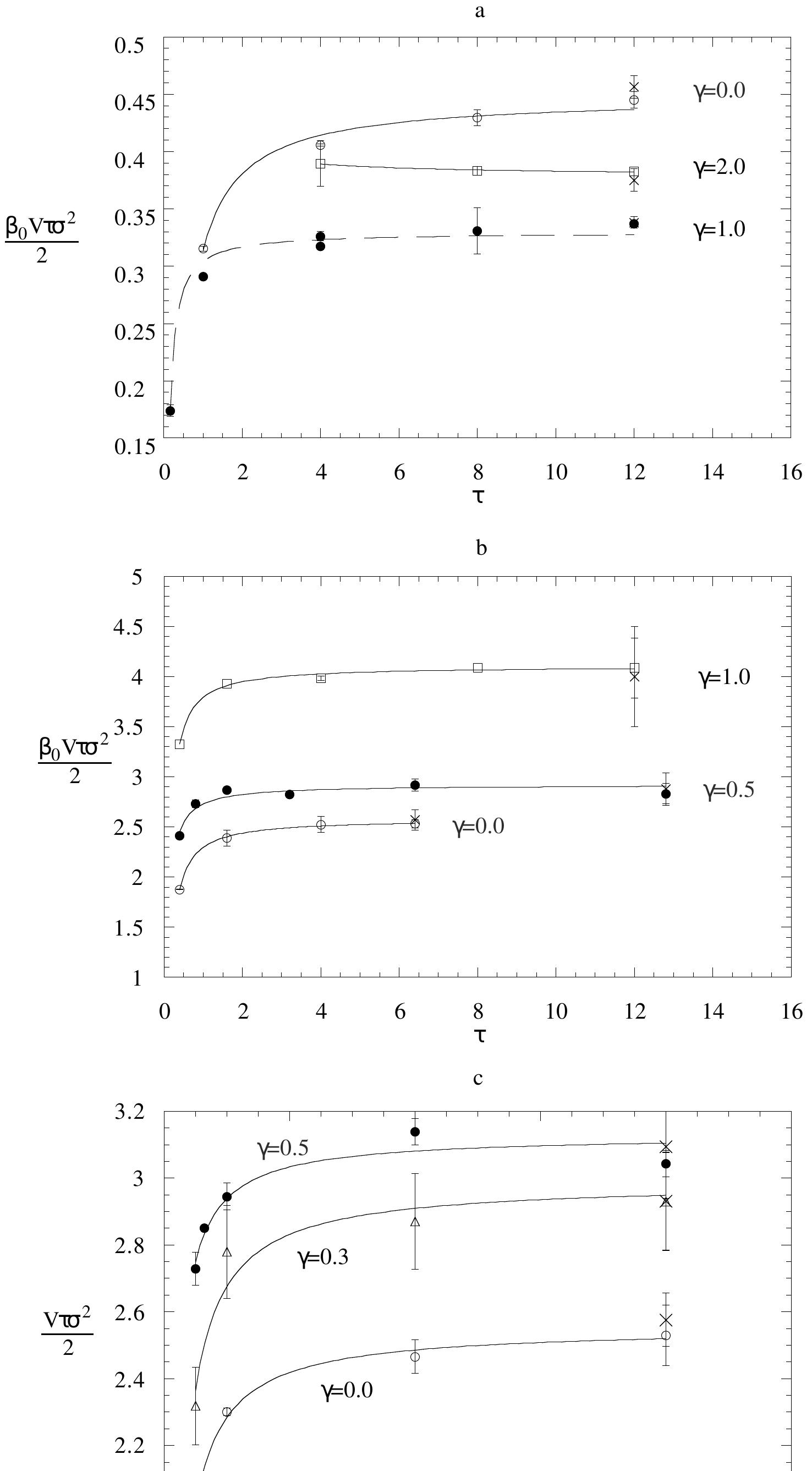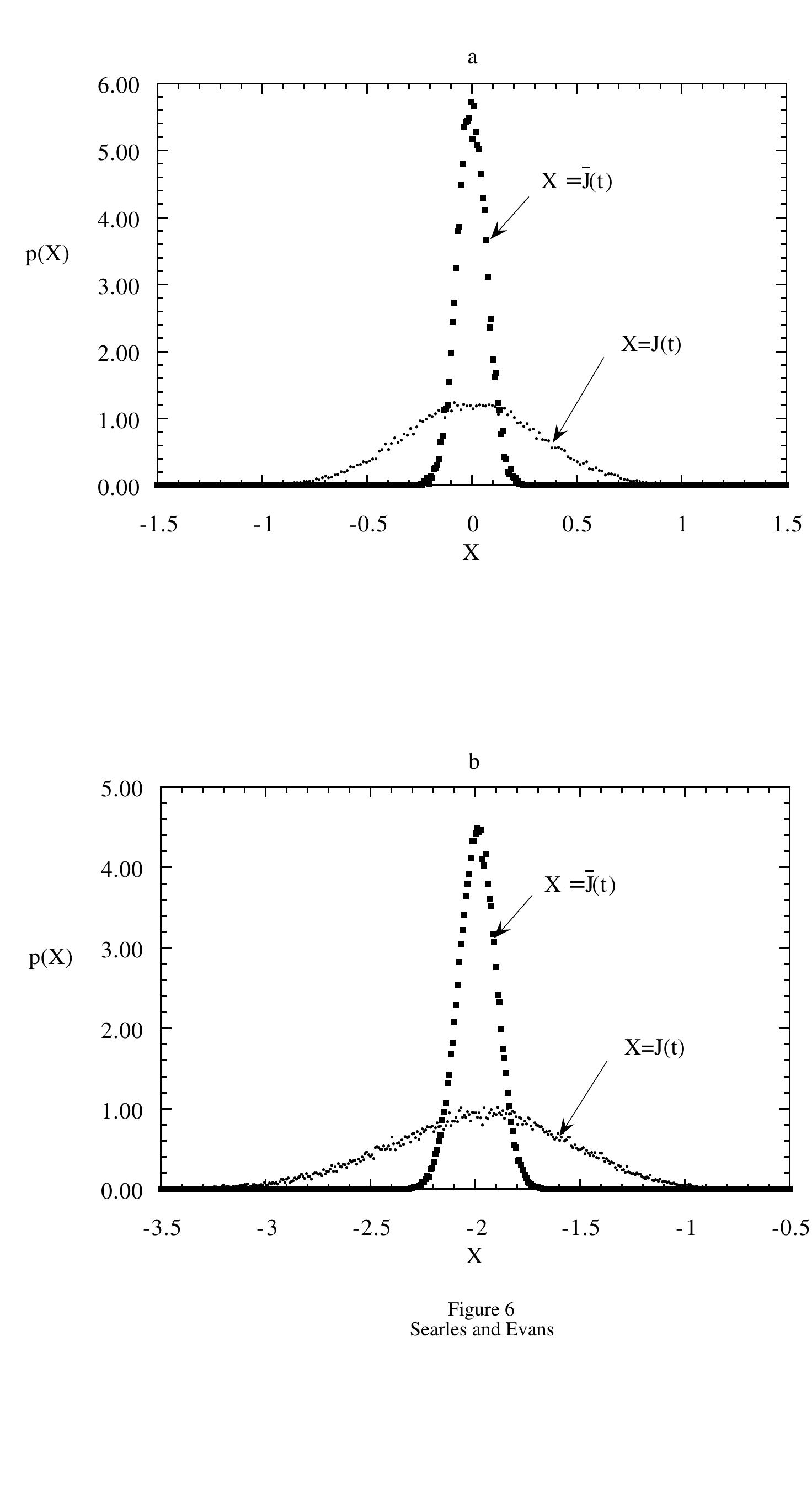These slides correspond to the defense of my undergraduate thesis in Physics at Universidad Nacional de Ingeniería (Peru). The work focuses on the simulation of the photodynamics of the nitrogen-vacancy (NV) center in diamond using the... more
We study the thermodynamics of quantum projective measurements by using the set up for the Jarzynski equality. We prove the fluctuations of energy change induced by measurements satisfy the Jarzynski equality, revealing that the quantum... more
It has been shown recently that the Jarzynski equality is generalized under nonequilibrium feedback control [T. Sagawa and M. Ueda, Phys. Rev. Lett. 104, 090602 (2010)]. The presence of feedback control in physical systems should modify... more
The irreversibility of trajectories in stochastic dynamical systems is linked to the structure of their causal representation in terms of Bayesian networks. We consider stochastic maps resulting from a time discretization with interval τ... more
Nonequilibrium thermodynamics describes the rates of transport phenomena with the aid of various thermodynamic forces, but often the phenomenological transport coefficients are not known, and the description is not easily connected with... more
We report the experimental reconstruction of the nonequilibrium work probability distribution in a closed quantum system, and the study of the corresponding quantum fluctuation relations. The experiment uses a liquid-state nuclear... more
Generalized-ensemble simulations, such as replica exchange and serial generalized-ensemble methods, are powerful simulation tools to enhance sampling of free energy landscapes in systems with high energy barriers. In these methods,... more
This paper introduces the Eternal Inertial Frame (EIF)a theoretical construct in quantum thermodynamics wherein quantum coherence is indefinitely preserved through a combination of inertial isolation and thermodynamic sealing. Classical... more
We perform single-molecule spatial tracking measurements of a DNA repair protein, the C-terminal domain of Ada (C-Ada) from Escherichia coli, moving on DNA extended by flow. The trajectories of single proteins labeled with a fluorophore... more
This thesis examines how the principle of Ontological Instability can serve as a foundational axiom for rethinking metaphysics in a post-essentialist era. Through rigorous philosophical analysis and theoretical innovation, it is... more
The urgency to address climate change has made carbon markets critical for reducing global emissions. However, these markets face key challenges, including limited transparency, inefficient emissions reporting, and mistrust in carbon... more
We discuss a simple model for the relaxation of two interacting dynamical systems, based on the Ehrenfests' wind-tree model. It is still exactly solvable if Boltzmann's Stosszahlansatz is assumed to hold. We bespreken een eenvoudig model... more
This thematic issue of Contributions to Science is devoted to one of the most fascinating fields in modern science, the study of non-equilibrium systems. Nonequilibrium pervades nature. From a galaxy to a bacterium, all systems are out of... more
Recent numerical simulations of a disordered system have shown the existence of two different relaxational processes (called stimulated and spontaneous) characterizing the relaxation observed in structural glasses. The existence of these... more
A key issue in physics is the behavior of a given system under perturbation. One proven way to discuss this in a mathematically sound manner is response theory. The concept and results of already the simplest version, linear response... more
The project "Issuing Event Tickets as NFTs" introduces a blockchain-based platform that revolutionizes the traditional event ticketing system by addressing challenges like fraud, scalping, and lack of transparency. Leveraging Non-Fungible... more
In this paper, a deterministic equivalent of ergodic sum rate and an algorithm for evaluating the capacity-achieving input covariance matrices for the uplink large-scale multiple-input multiple-output (MIMO) antenna channels are proposed.... more
We define common thermodynamic concepts purely within the framework of general Markov chains and derive Jarzynski's equality and Crooks' fluctuation theorem in this setup. In particular, we regard the discrete-time case, which leads to an... more
The application of thermodynamic reasoning in the study of learning systems has a long tradition. Recently, new tools relating perfect thermodynamic adaptation to the adaptation process have been developed. These results, known as... more
A free-energy transducing macromolecule, interacting with ligands, and cycling through discrete states, can be described by Hill’s diagram. Close to equilibrium, where linear flux-force relationships hold, we develop a method of the... more
The relative volume of spin states in the phase space is introduced for the ±J model of spin glasses. Analysis of its temperature dependence shows that the Nishimori line separates the pure ferromagnetic-like region in the... more
Any decomposition of the total trajectory entropy production for markovian systems have a joint probability distribution satisfying a generalized detailed fluctuation theorem, without relying in dual probability distributions, when all... more
We investigate the fundamental nature of \emph{time‑reversal symmetry} and its progressive breakdown in complex, structured dynamical systems. Drawing on the fluctuation theorem and recent quantum time‑reversal experiments, we show that... more
We study Langevin dynamics of a driven charged particle in the presence as well as in the absence of magnetic field. We discuss the validity of various work fluctuation theorems using different model potentials and external drives. We... more
We study the dynamics of an over damped Brownian particle in a saw tooth potential in the presence of a temporal asymmetric driving force. We observe that in the deterministic limit, the transport coherence, which is determined by a... more
We study a periodically driven (symmetric as well as asymmetric)double-well potential system at finite temperature. We show that mean heat loss by the system to the environment (bath) per period of the applied field is a good quantifier... more
In this work, we have studied simple models that can be solved analytically to illustrate various fluctuation theorems. These fluctuation theorems provide symmetries individually to the distributions of physical quantities like the... more
We study the dynamics of an over damped Brownian particle in a saw tooth potential in the presence of a temporal asymmetric driving force. We observe that in the deterministic limit, the transport coherence, which is determined by a... more
The objections raised by ] against the definition of the thermodynamical work appearing in Jarzynski's equality are shown to be misleading and inconsistent. Quid dices de primariis huius Gimnasii philosophis, qui aspidis pertinacia... more
The advancement of artificial intelligence systems across industries introduces opportunities, critical risks, including lack of transparency, resource mismanagement, autonomy risks, and malicious exploitation. This paper presents novel... more
Any decomposition of the total trajectory entropy production for markovian systems have a joint probability distribution satisfying a generalized detailed fluctuation theorem, without relying in dual probability distributions, when all... more
Using the recently derived Dissipation Theorem and a corollary of the Transient Fluctuation Theorem (TFT), namely the Second Law Inequality, we derive the unique time independent, equilibrium phase space distribution function for an... more
We consider two different methods of calculating the relevant average for the Nonequilibrium Partition Identity (NPI), i.e. exp -Ωtt , which result in two different values. At best only one of these will accurately correspond to what is... more
Recently there has been considerable interest in the Fluctuation Theorem (FT). The Evans-Searles FT shows how time reversible microscopic dynamics leads to irreversible macroscopic behavior as the system size or observation time... more
The Fluctuation Theorem gives an analytical expression for the probability of observing second law violating dynamical fluctuations, in nonequilibrium systems. At equilibrium statistical mechanical fluctuations are known to be ensemble... more
We give a derivation of a new instantaneous fluctuation relation for an arbitrary phase function which is odd under time reversal. The form of this new relation is not obvious, and involves observing the system along its transient phase... more
It has recently become apparent that the dissipation function, first defined by Evans and Searles ͓J. Chem. Phys. 113, 3503 ͑2000͔͒, is one of the most important functions in classical nonequilibrium statistical mechanics. It is the... more
The Fluctuation Theorem (FT) is a generalisation of the Second Law of Thermodynamics that applies to small systems observed for short times. For thermostatted systems it gives the probability ratio that entropy will be consumed rather... more
The Fluctuation Theorem (FT) gives an analytic expression for the probability, in a nonequilibrium system of finite size observed for a finite time, that the dissipative flux will flow in the reverse direction to that required by the... more
Recently van proposed an extension of the Fluctuation Theorems (FTs) of Evans and Searles . For dissipative nonequilibrium systems, Cohen and van Zon studied the fluctuations of the heat absorbed Q t , over a period of time t, by a... more
Green-Kubo and Einstein expressions for the transport coefficients of a fluid in a nonequilibrium steady state can be derived using the Fluctuation Theorem and by assuming the probability distribution of the time-averaged dissipative flux... more
For thermostatted dissipative systems the Fluctuation Theorem gives an analytical expression for the ratio of probabilities that the time averaged entropy production in a finite system observed for a finite time, takes on a specified... more
The fluctuation relation of the Gallavotti-Cohen Fluctuation Theorem (GCFT) concerns fluctuations in the phase space compression rate of dissipative, reversible dynamical systems. It has been proven for Anosov systems, but it is expected... more
The fluctuation theorem ͑FT͒ is a generalization of the second law of thermodynamics that applies to small systems observed for short times. For thermostated systems it gives the probability ratio that entropy will be consumed rather than... more
Active matter and driven systems exhibit statistical fluctuations in density and particle positions, providing an indirect indicator of dissipation across multiple length and time scales. Here, we quantitatively relate these measurable... more
We study the heat transfer between two finite quantum systems initially at different temperatures. We find that a recently proposed fluctuation theorem for heat exchange, namely the exchange fluctuation theorem [C. Jarzynski and D. K.... more







